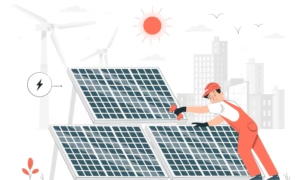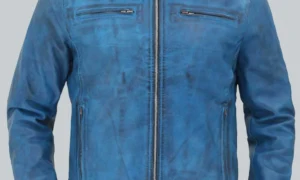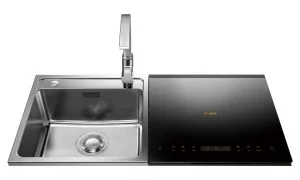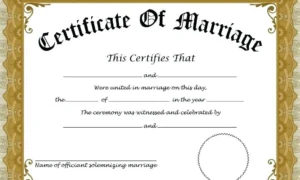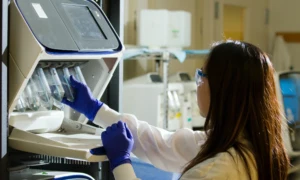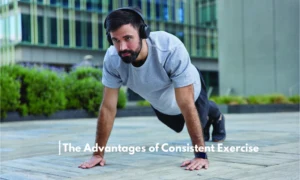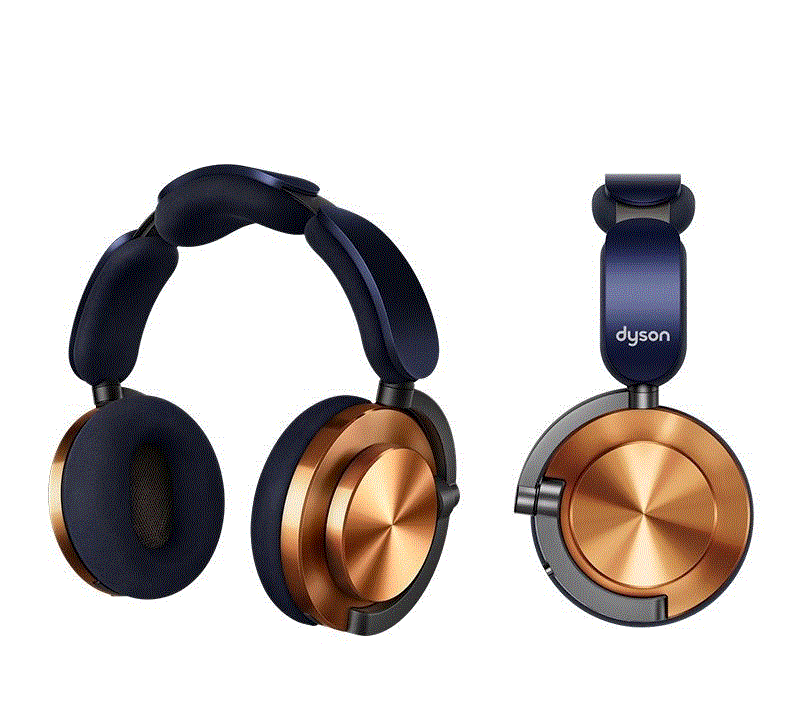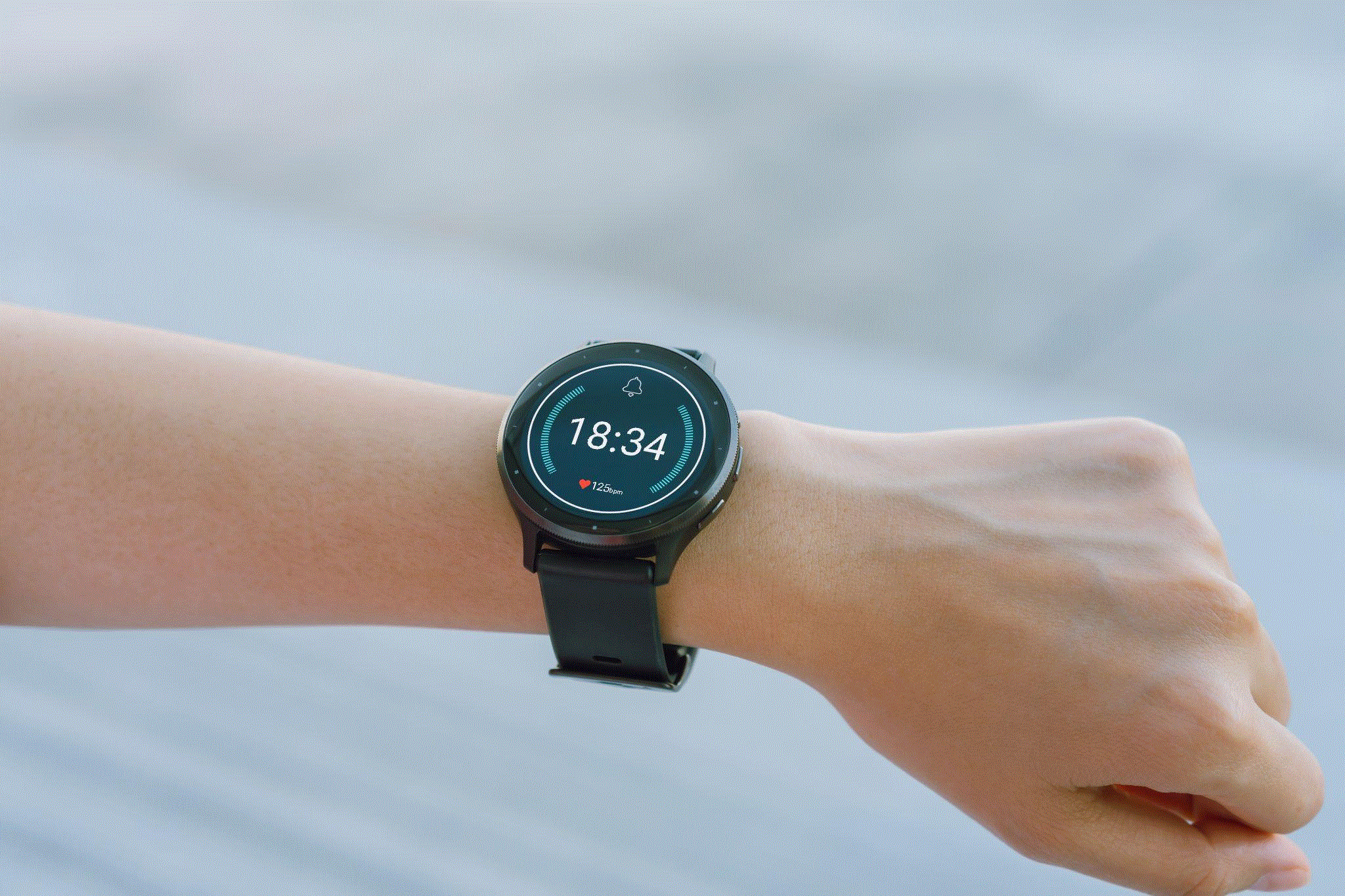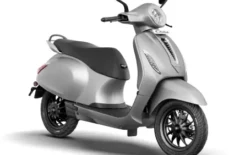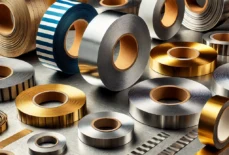Introduction to Paint Protection Film (PPF)
In the world of automotive care, Paint Protection Film (PPF) stands out as a leading solution for preserving your vehicle’s exterior. Often referred to as a clear bra, PPF is a thermoplastic urethane film applied to the painted surfaces of a new or used car to protect the paint from chips, scratches, and other minor damages. This guide will delve into the benefits, types, application processes, and maintenance tips for PPF, ensuring you make an informed decision about protecting your vehicle.

Benefits of Paint Protection Film
- Scratch and Chip Resistance: PPF acts as a barrier against small debris, stones, and minor abrasions that can chip or scratch your car’s paint. This is particularly beneficial for high-impact areas like the front bumper, hood, and side mirrors.
- UV Protection: PPF offers UV protection, preventing your paint from fading and oxidizing due to prolonged sun exposure.
- Self-Healing Properties: Many modern PPFs have self-healing properties that allow minor scratches and swirl marks to disappear with heat from the sun or an engine.
- Chemical Resistance: PPF protects your paint from damage caused by acidic contaminants, bird droppings, bug splatter, and tree sap.
- Enhanced Appearance: With its high gloss finish, PPF can enhance the aesthetic appeal of your vehicle, making it look newer for longer.
- Increased Resale Value: Maintaining the original paint in pristine condition can significantly boost the resale value of your car.
Types of Paint Protection Film
- Gloss Finish PPF: The most common type, gloss PPF enhances the shine and depth of your car’s paint.
- Matte Finish PPF: Ideal for matte painted vehicles, this PPF maintains the unique finish while providing the same level of protection.
- Colored PPF: Available in various colors, this type allows customization while protecting your paint.
- Pre-Cut Kits: These are designed to fit specific makes and models, ensuring a perfect fit without the need for trimming.
Application Process
- Preparation: The vehicle is thoroughly washed and cleaned to remove any dirt, debris, or wax. A clean surface ensures better adhesion and a smoother finish.
- Cutting the Film: For custom applications, the PPF is cut to fit the specific areas of the vehicle. Pre-cut kits simplify this step.
- Application: The film is carefully applied to the vehicle’s surface. A slip solution (water and soap mixture) is used to position the film correctly.
- Squeegee Out the Solution: Using a squeegee, the installer removes any air bubbles and excess slip solution, ensuring a firm bond between the film and the paint.
- Curing: The film is left to cure for a specific period, during which time it adheres fully to the vehicle’s surface.
Maintenance Tips for PPF
- Regular Washing: Clean your vehicle regularly using a mild car wash soap and a soft cloth or sponge to avoid scratching the film.
- Avoid Harsh Chemicals: Do not use abrasive cleaners or solvents that can damage the film.
- Use PPF-Safe Products: When waxing, use products specifically designed for PPF to maintain its clarity and gloss.
- Inspect and Repair: Periodically inspect the film for any damage or peeling edges. Address issues promptly to prevent further damage.
- Professional Check-ups: Consider professional inspections and maintenance to ensure the film remains in top condition.
Conclusion
Paint Protection Film is an invaluable investment for any vehicle owner looking to preserve the pristine condition of their car’s paint. With benefits ranging from scratch resistance to UV protection, and various types available to suit different preferences, PPF is a versatile and effective solution. Whether you choose to have it professionally installed or opt for a DIY pre-cut kit, maintaining your PPF will ensure your vehicle looks its best for years to come.
By understanding the intricacies of PPF, you can make a well-informed decision and enjoy the long-term benefits of this remarkable protective solution.









